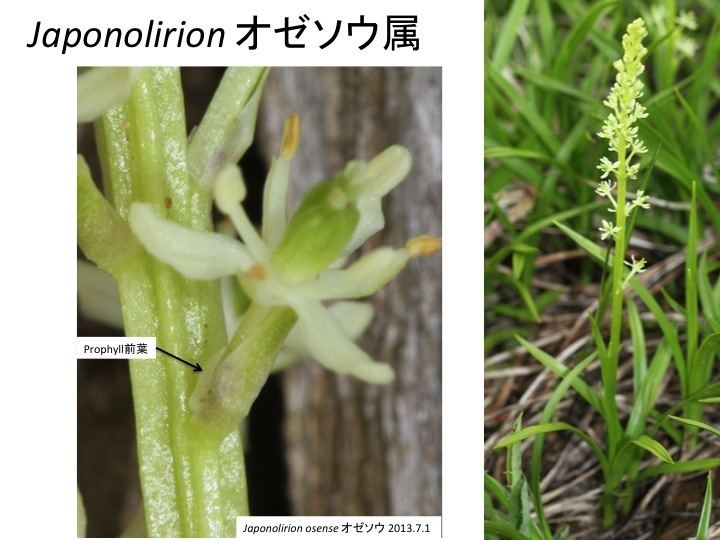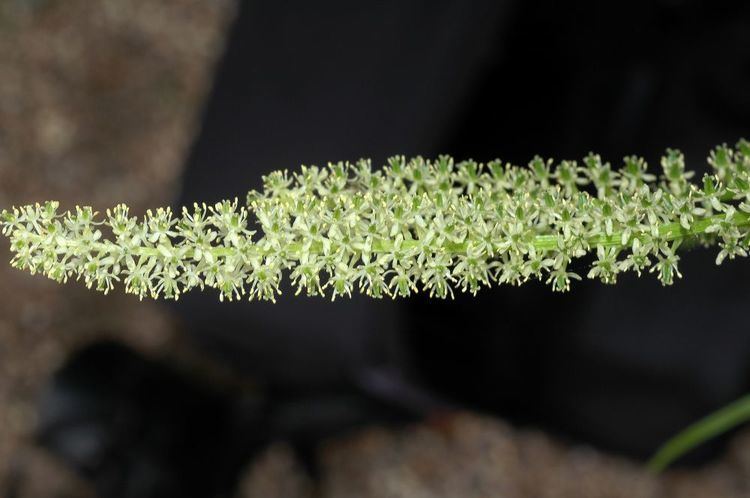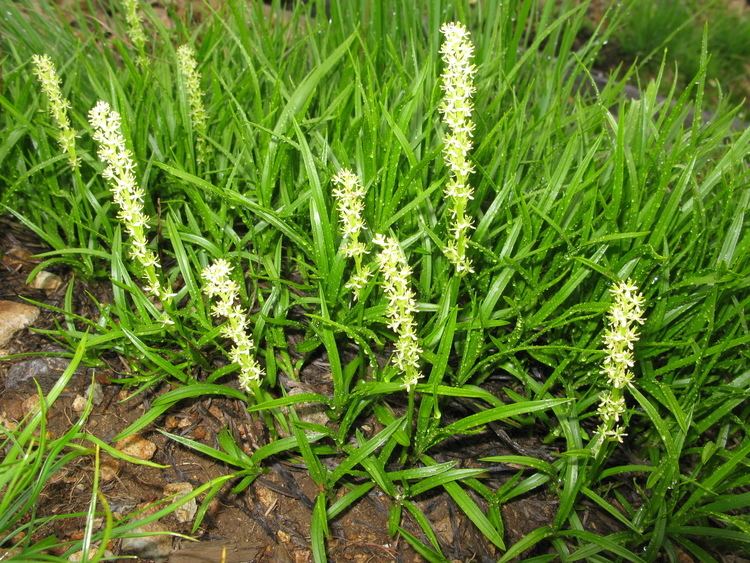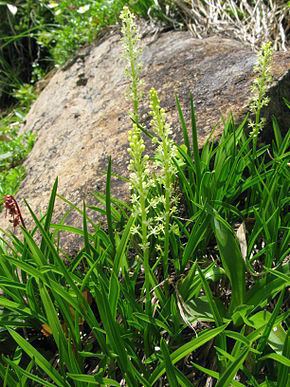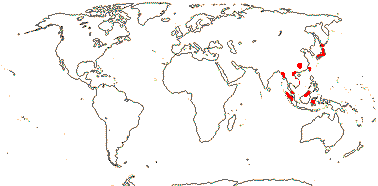Scientific name Petrosaviaceae Rank Family | Order PetrosavialesTakht. Higher classification Petrosaviales | |
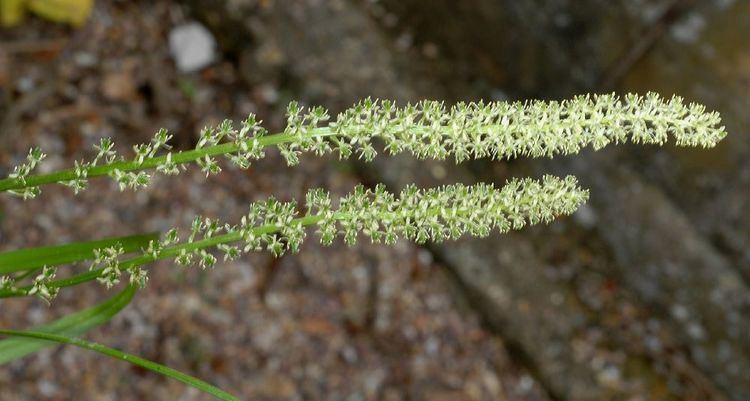 | ||
Similar Paracryphiaceae, Dasypogonaceae, Pandanales, Corsiaceae, Trochodendraceae | ||
Petrosaviaceae is a family of flowering plants belonging to a monotypic order, Petrosaviales. Petrosaviales are monocots, and are grouped within the lilioid monocots. Petrosaviales are a very small order (one family, two genera and four species were accepted in 2016) of rare leafless achlorophyllous, mycoheterotrophic plants found in dark montane rainforests in Japan, China, Southeast Asia and Borneo. They are characterised by having bracteate racemes, pedicellate flowers, six persistent tepals, septal nectaries, three almost distinct carpels, simultaneous microsporogenesis, monosulcate pollen, and follicular fruit.
Contents
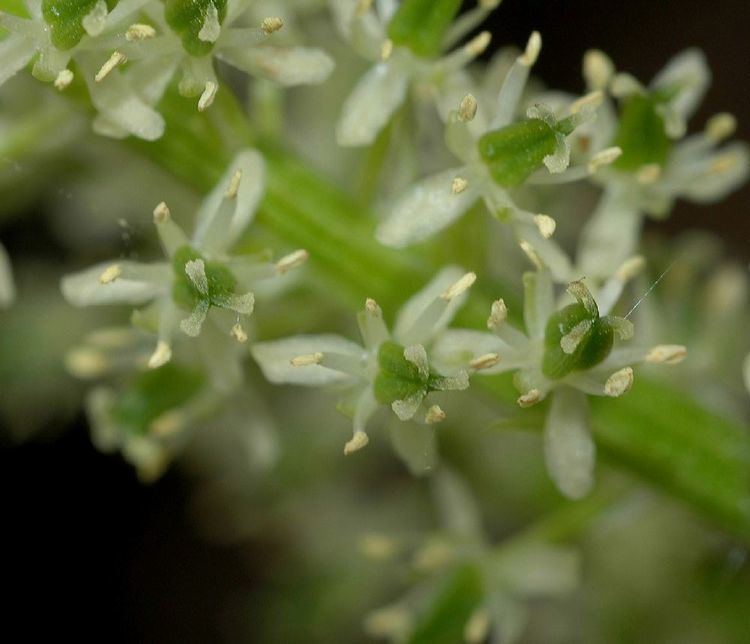
Taxonomy

The family has only been recognized in modern classifications, previously the plants involved were usually treated as belonging to the family Liliaceae. The APG II system recognized the family and assigned it to the clade monocots, unplaced as to order. The APG III system of 2009 placed family Petrosaviaceae in order Petrosaviales.
Genera
As of June 2016, two genera are accepted by the World Checklist of Selected Plant Families:
Distribution and habitat
The plants in both genera are found in high-elevation habitats.
